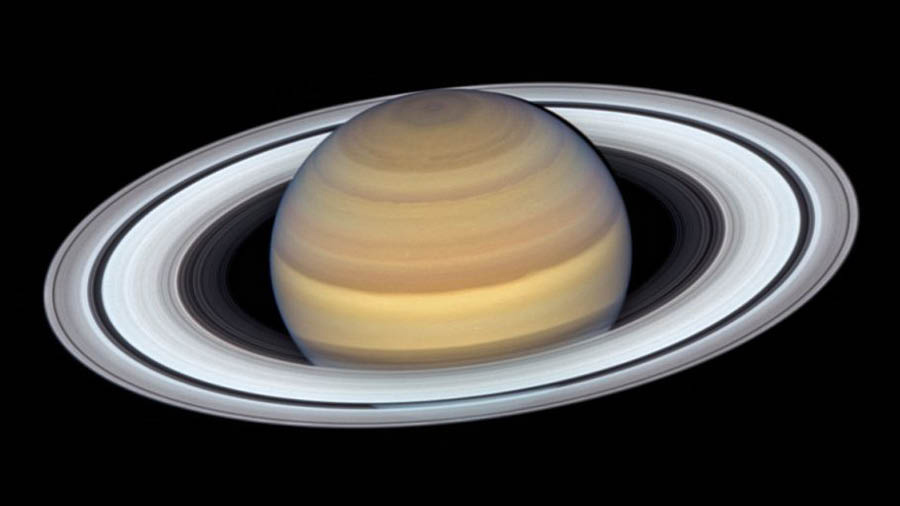The city-based sky watchers and astronomers have four reasons to be happy in the month of August. Five major astronomical events are taking place this month. Starting with the Supermoon on August 1, it ends with another Supermoon on August 30. In between there will be The Perseid meteor shower, a clear view of mercury and the most prominent vision of Saturn’s ring.
“Many people and even news platforms are talking about zero-shadow day this month in Kolkata. But it is not correct. It would occur in the southern part of the country, including Bangalore. The zero-shadow day took place in Kolkata in June,” said astronomer Dr Debiprosad Duari. According to him, the stargazers and astronomy enthusiasts can expect the following astronomical events in August:
Super Moon on August 1 and August 30

In a celestial spectacle of great significance, August will bear witness to a significant event as the earth and moon draw nearer in their orbits. Prepare for a truly exceptional occurrence, as not just one, but two supermoons will grace the skies. This rare phenomenon will bring about enhanced brightness and heightened surface visibility of the moon, providing astronomers with an extraordinary opportunity to delve into the moon's topography, geological features and impact craters with unparalleled clarity. The first supermoon of the year occurred in July. The final and fourth will take place in September. In 2018, there were two full supermoons in a single month.
Mercury will be clearly visible during the first week of August

On August 10, Mercury will be farthest from the sun and will be visible right after sunset. Throughout the first week of August, Mercury will grace the evening sky, shining just above the western horizon after sunset. However, after it reaches its greatest eastern elongation, positioned 27 degrees away from the sun on August 9, it will gradually descend lower and become more challenging to spot as the month progresses. “The planet is the closest to the sun and thus difficult to watch. However, during the first week of August it will be visible for some time,” Duari added.
Perseid meteor shower on August 13

This phenomenon takes place every year between mid-July and late-August. This year, the shower's peak is expected to occur on August 13. It’s a much-anticipated celestial event that promises a dazzling display of shooting stars for stargazers and astronomy enthusiasts. The Perseid meteor shower originates from the earth passing through debris composed of bits of ice and rock left behind by Comet Swift-Tuttle. This comet made its last close encounter with Earth in 1992. The peak of the Perseids occurs when our planet traverses through the densest and dustiest region of this debris field, typically around mid-August. “But if you expect to see this from Kolkata, you will be disappointed. One needs to go to rural Bengal with low-light region to witness this event,” Duari said.
Saturn's ring will be visible on August 27

Among all the planets, Saturn stands out as the most breathtaking sight through a telescope, leaving observers gasping in awe. As we approach its August 27 opposition, Saturn is offering its most magnificent views of 2023. To the naked eye, it resembles a star-like golden dot. However, when viewed through binoculars or a small telescope, its colour becomes even more pronounced. One can catch a glimpse of Saturn's mesmerising rings, a sight that never fails to captivate and enchant. “Let’s be very clear. In empty eyes, Saturn's rings cannot be seen—just a bright golden dot. But with a telescope, it will be a great view,” Duari added.
